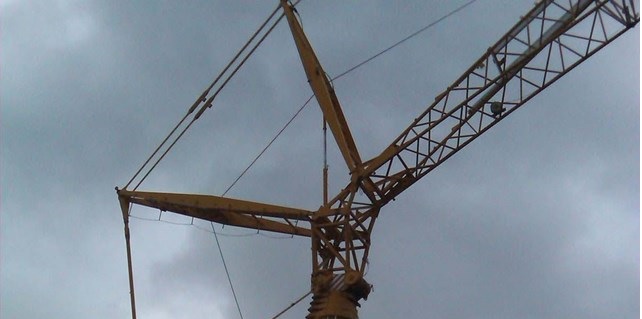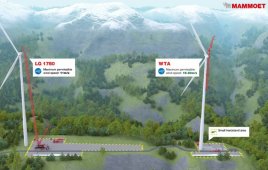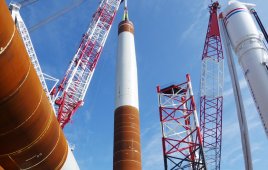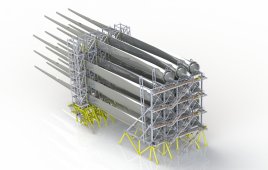Wind farm developers can easily save around €180,000 per installed turbine by choosing the optimal crane setup for tall projects. Typically around 25%, and in some cases, up to 50% of installation costs can be saved, according to a price study conducted by K2 Management.

Investigations conducted by K2 Management show that getting the crane setup right can reduce installation costs by up to 50% on tall turbine projects.
Many onshore wind projects in Europe are being built with hub heights above 120 meters to capture more power, but the existing standard setup suggested by the turbine manufacturer will often be too expensive.
“The civil contracts and construction of hard stands are at the developer’s expense, so turbine manufacturers do not have a big focus on optimizing this setup. If this done optimally, wind farm developers can easily save hundreds of thousands of Euros, depending on the size and height of a project,” Axel Juhnke, Managing Director for K2 Management in Germany explains.
K2 Management looked at a European 40 MW onshore site consisting of 123 MW turbines with a standard steel tubular or bolted tower. Even at 100 meters, hub height installation costs for a crane can vary 10 to 15% (€20,000 to €30,000/turbine) if you are not in control of crane, planning and mobilization costs.
At 134 meters the price difference is around 25% (€40,000 to €50,000/turbine) and at 168 meters hub height, it’s 50% (€180,000 to €360,000/turbine) between the cheapest and most expensive setup.
“Taller turbines present several logistical challenges from the requirement of a larger truck, wider and stronger roads, larger cranes, a clearing area for construction and larger foundations. Each has different impacts and implications to the overall cost of the project and should be optimized as much as possible,” Axel Juhnke adds.
Filed Under: Construction, News, Projects




